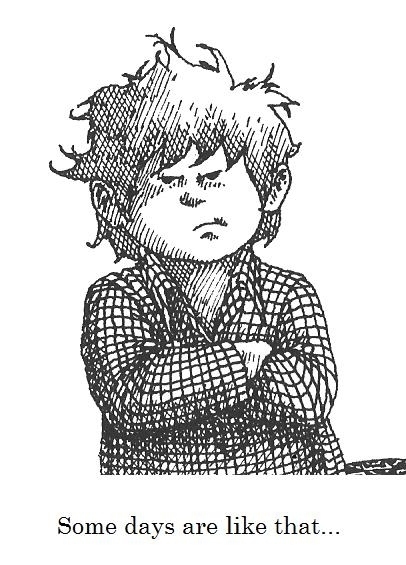As I sat down to write this blog about administration and operations, I remembered my first experience years ago when we’d moved to a new state. I needed to change my driver’s license and register my car. We’ve all had those encounters that seem to define how things shouldn’t be done. Judith Viorst describes the miasma of negativity perfectly in her charming children’s book, Alexander and His Terrible, Horrible, No Good, Very Bad Day.
So here’s my story. We’d just moved. I had all the required paperwork and set off to the DMV. There was a missing street sign. I turned the wrong way and got lost. No big deal – that happens. When I got to the parking lot it was so inadequate that cars were parking in the right-of-way and blocking legally parked cars from leaving. The building couldn’t accommodate the number of people needing services so there were long lines that extended outside. After standing in wet, bone-chilling December weather, there were more long lines in the dirty, smelly waiting room. The staff didn’t know the rules or requirements and gave contradictory (read “wrong”) directions regarding documentation. The computer system broke down so nobody knew when their number was being called. Five hours and four trips between home and the DMV later, on a sleeting December day, I still did not have my driver’s license. My car wasn’t registered. I was not happy. As Judith Viorst writes: “Some days are like that.”
Administratively (staff training, communications, IT) and operationally (facilities, staff, customer service) the site was a total failure. No one who entered the premises had a good day—you can imagine the hostility that permeated the air. In contrast, a few days after my dismal experience at the first site, I drove to an alternate site that was a bit farther away. In less than an hour I had my driver’s license and my car was registered. I was happy. That is now my go-to site for DMV services. Good administration paired with good operations results in quality. Quality attracts customers.
Back to the topic of the NNPRFTC’s Standards on Administration (5) and Operations (6) and the difference between the two. I talked with some colleagues with business expertise — well-trained, highly competent and wonderful people — about the role of administration and operations in training programs and the difference between the two. Here is what I came away with.
Administration is the executive leadership and staff functioning that ensures that the entire organization operates effectively and in alignment with the mission. Administration provides leadership that supports transforming the mission into action. It supports the delivery of the mission. Operations is the implementation of the mission through products and services. It is the tangible expression of the mission – it is the NP training program in action.
Administration is the leadership and support that transforms ideas into reality by assuring that appropriate resources are in place to support delivering the training program. It supports operations by ensuring the availability of relevant resources. Administration takes care of affiliation agreements and contracts with clinical sites, academic partners ad vendors. It ensures that there is dedicated support for the program, including: adequate clinical, faculty, computer and administrative resources; accounting; HR; and IT. Administration provides the process for curriculum development and ensuring that it meets the objectives of the organization. Once the curriculum is developed, administration provides the leadership and resources to make sure that the infrastructure is in place to deliver the curriculum and support the program participants.
Hand-in -glove with administration, operations refer to how you obtain and produce the product, and then to how you actually deliver it to the customer. In the context of training, operations include delivering the curriculum and training the trainees. It is delivering didactics through face-to-face sessions or remotely hosted webinars; mentoring trainees; trainee-delivered healthcare to patients. It is the preceptors, the continuity clinics and the patient panels. It is the EMR and the community experience.
Operations includes all the policies and procedures that bear directly on the training experience: the roles and responsibilities for the preceptors and for the trainees; the evaluation protocols for the program, assessing the trainees and preceptors; and for trainee grievances or complaints. Best practices include quality assurance/quality improvement protocols that create feedback loops resulting in relevant changes to programs, operations, and administration.
My take away is this – Administration is the executive leadership and support provided by the sponsoring organization that creates the opportunity for the training program and supports the activities of the training program. Operations refers to all that is involved in the actual program itself (the residency/fellowship participants, training activities and locations) and the outcome (a trainee’s increased knowledge attitude and skills).
If we’ve planned well, then administration and operations provides the foundation for quality training. The Standards provide explicit guidelines for success. However, even the most carefully and thoughtfully designed and delivered programs will encounter a snag here or there. As Alexander says, “Some days are like that!” Here’s to hoping that those days are few and far between.
Borrowing Mark Maesselli’s closing line: Peace and Health —
Until next time,
Candice


